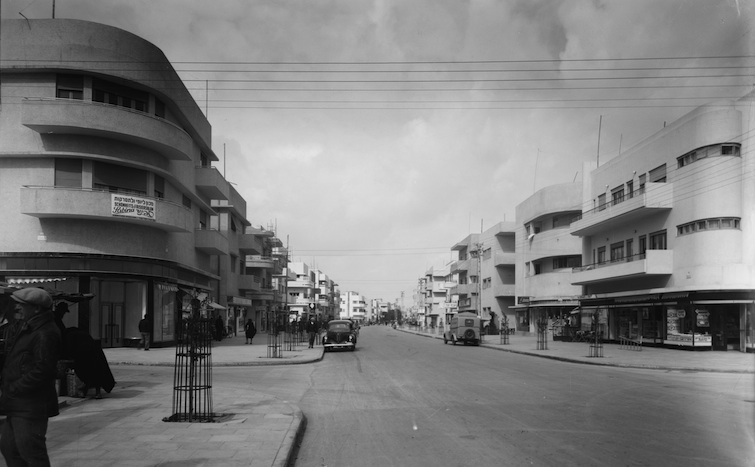Tel Aviv An Oasis of the Bauhaus
18 April, 2016
The Bauhaus is to Tel Aviv what Art Deco is to Miami or Modernism is to Barcelona, an unmistakeable identity trait which is the pride and joy of the city’s inhabitants. We came across more than 1,000 buildings in the length and breadth of the city, which stretches for 50 square kilometres.
Bauhaus Comes To Tel Aviv
The relationship between Tel Aviv and the Bauhaus goes back to the 1930s when, coinciding with the rise of the Nazi party, many Jewish architects decided to leave their homeland and try their luck elsewhere. At that time, the future metropolis was a young city with an urge to expand and to tap its full potential. The so-called White City – as the area housing these buildings is known – was built between the early 1930s and 1948 to an urban layout designed by Sir Patrick Geddes, based on the principles of modern organic urbanism. The likes of Walter Gropius, the founder of the Bauhaus in Weimar, and of Arieh Sharon, Shlomo Bernstein and Shmuel Mestechkin, arrived in Tel Aviv and drew up an elaborate, ambitious urban plan which enabled the directives of this style to be adapted to the arid surroundings of the site and to its Mediterranean context. Thus, the light, fresh air of this architecture consorted to perfection with the thirst for renewal and creativity that characterised what would become the new State of Israel as of 1948.
Preservation – A New Challenge
The buildings were designed in light colours – generally white – leaving open-air pillars for the wind to blow unfettered through the lower part of the buildings, while recessed windows were fitted to check the passage of heat. The Bauhaus of Tel Aviv is also characterised by its straight lines, its symmetry and a minimalist style which even today tends to amaze visitors on account of its simplicity and overall character. The fact is that, faced with a new cultural context, those architects designed an exceptional set of buildings which became highly representative of the modern architecture movement.
Despite the large number of such buildings scattered about the city, their state of preservation is somewhat precarious. In fact, over 4,000 of these buildings were originally erected, so many of them clearly did not survive. Hence, concerted endeavours have been under way in recent years to restore over 1,000 extant constructions to their original state. It is a slow, arduous task, as most of them are private property and have not been touched since their completion some 70 or 80 years ago.
The Best Examples In the City
Given the large number of surviving buildings, the best thing is to plan an itinerary before embarking on a search of Bauhaus buildings in the city. Some of the most prominent examples are on the Rothschild Boulevard, and on Bialik and Dizengoff Street, but you are advised to first visit the Bauhaus Center to get the relevant information. They have books and maps on the subject and you can find out about the free tour organised by the City Hall on Saturdays called the Tel Aviv-Bauhaus Walking Tour.
To round off your visit, be sure to visit the Bauhaus Museum on Bialik Street which is useful for gaining insight on the impact which the Bauhaus of Tel Aviv has had on the rest of the world.
Text by Aleix Palau for Los Viajes de ISABELYLUIS
18 April, 2016







